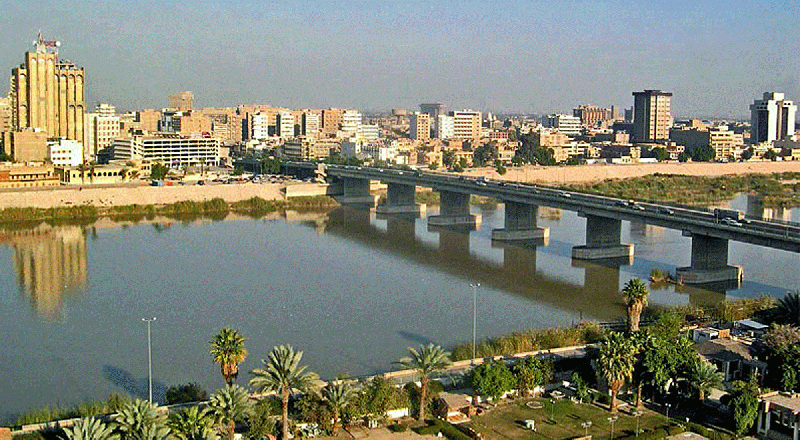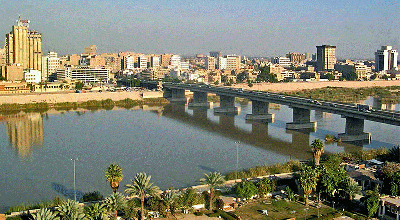Iraq has initiated a project to renovate a historical area in Baghdad dating back to the Ottoman era, aiming to revive its former glory and attract more visitors. The "Heartbeat of Baghdad" project includes the Qishla building, which was started by Ottoman Governor Muhammad Namik Pasha, along with another landmark from the 19th century located in central old Baghdad, particularly in the Rasafa area. This area holds historical significance as it is the foundation for numerous palaces and sites from the Abbasid Caliphate era.
Engineer Muhammad Ali stated, "The current phase begins from the Qishla building... from the spot where the works ceased. The focus is on Al-Mutanabbi Street reaching up to Saray Square. The work includes all buildings overlooking this street and square with their facades, the street and square themselves, and related works that require intervention to ensure the maintenance and restoration of the facades; including repairs, addressing salt deposits, moisture, or leakages."
Consulting engineer for the project, Muhammad Al-Sufi, mentioned that the renovation efforts focus on the external appearance of the buildings and their facades, which involves restoration from the effects of salt, moisture, and leakages. The goal is to restore historical sites to their original form according to Islamic architectural style.
Al-Sufi remarked, "Most buildings are heritage buildings, and even when there are new buildings, they are within the heritage area. The restoration and rehabilitation being undertaken involve using materials that have a heritage character… old materials such as handmade bricks, as well as decorative tiles; even the rainwater drainage pipes from the roofs carry a heritage character. Their shape reflects the old style, and the windows remain in the same traditional style."
Al-Sufi also pointed out the scarcity of information, old plans, and photographs of these heritage sites, as well as a lack of archival resources for that area due to the damage sustained during the Iraq War in 2003. He added, "We know that some restoration works were done in 1993 for parts of this project, but the documents are not available. They may have been stolen or looted. Another issue is that sometimes this archive exists but is limited; had it been richer, a lot would have been lost due to the events that occurred (during the war in 2003). Given that our scope of work is limited... it encompasses the restoration and maintenance of the facades to remove distortions, thus creating new activities in this neglected area that would be more long-lasting... Since our work scope is limited, the need for the archive is also limited; there isn't a very extensive need."




